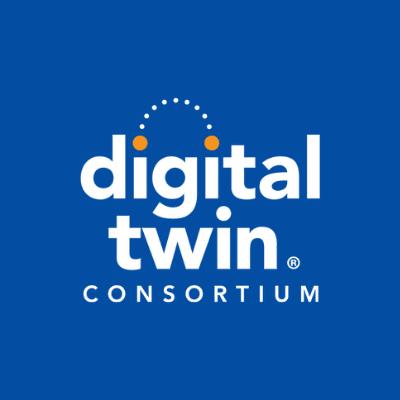Digital Twin Consortium Publishes Platform Stack Architectural Framework

The introductory guide outlines central concepts of digital twin systems
BOSTON, MA – JULY 11, 2023 – Today, the Digital Twin Consortium® (DTC®) announced the Platform Stack Architectural Framework: An Introductory Guide. The guide, designed for C-Suite and business leaders, provides foundational building blocks and central concepts of a digital twin system. System architects can use it to enable technology selection through development.
“Digital twins and enabling technologies are revolutionizing how we approach even the simplest of tasks, from managing the flow of stock in a warehouse to designing, deploying and maintaining a fleet of aircraft,” said Dan Isaacs, GM & CTO, DTC. “Digital twin systems accelerate digitization as they provide organizations the means to operate more efficiently, effectively and adhere to best practices and guidelines.”
The guide discusses the IT/OT infrastructure, virtual representation, service interfaces, applications, and mechanisms for synchronizing real-world data. The guide reviews commonly adopted technological approaches and standards and emphasizes the importance of security, trustworthiness, and governance.
“The Platform Stack Architectural Framework: An Introductory Guide answers fundamental questions such as “What are the critical constituent parts of a digital twin system?” and “What elements take a solution from being a great model or simulation to qualifying as a digital twin?” said Dr. David McKee, Entrepreneur and Portfolio CTO at Counterpoint Technologies, and Co-Chair of the Capabilities and Technology Working Group, DTC. “The guide also helps business leaders and developers understand how to design and architect digital twin systems with best practices for scalability, interoperability, and composability to realize their transformative value.”
The guide discusses five use cases of varying maturity levels with examples of how designers can use the architecture in practice. The use cases include buildings as batteries, emergency communication services, manufacturing quality control via remote operator, scope 3 carbon reporting emissions, and infectious disease management. Technology Readiness Levels (outlined in the guide) help designers understand the technical maturity of a system as it moves through the following stages:
- Technical modeling and simulation, starting with theoretical models and improving to being based on real-world data
- Digital twins as individual components based on actual data and validated in the real world through synchronization.
- Digital twin systems in production and operational environments, with system integration and clearly defined synchronization at a specified frequency
The guide is the first in a series of digital twin publications OMG consortia will publish in the coming months. For more information, please download the Platform Stack Architectural Framework: An Introductory Guide from the DTC website.
About Digital Twin Consortium
Digital Twin Consortium is The Authority of Digital Twin. It coalesces industry, government, and academia to drive consistency in vocabulary, architecture, security, and interoperability of digital twin technology. It advances digital twin technology in many industries, from Aerospace to natural resources. Digital Twin Consortium is a program of Object Management Group. For more information, visit https://www.digitaltwinconsortium.org.


